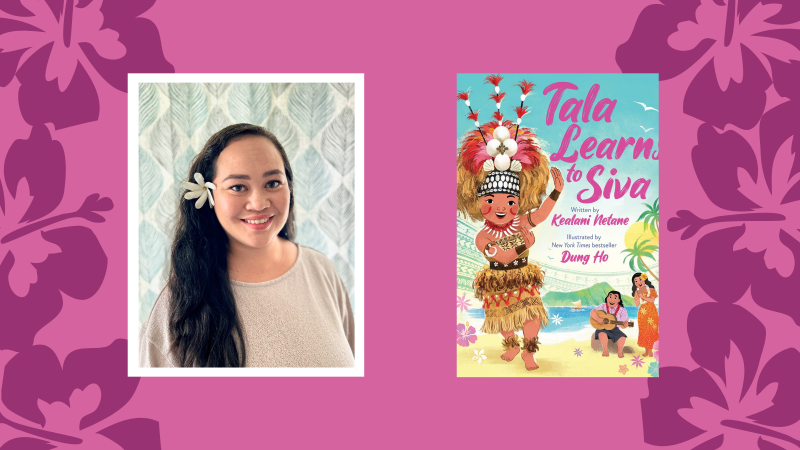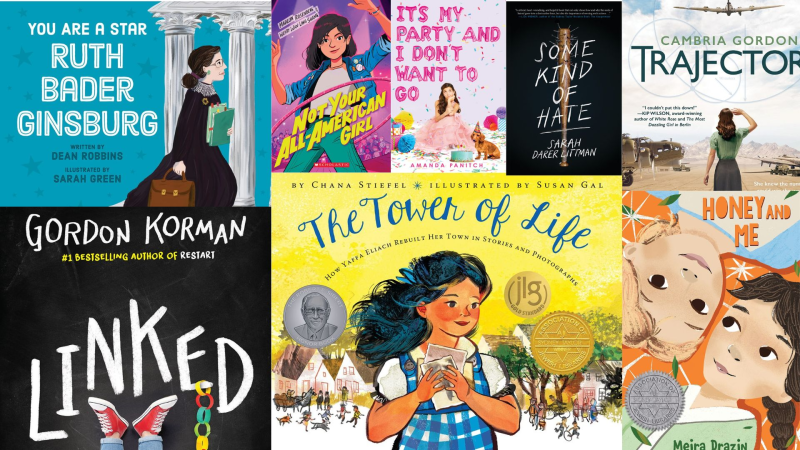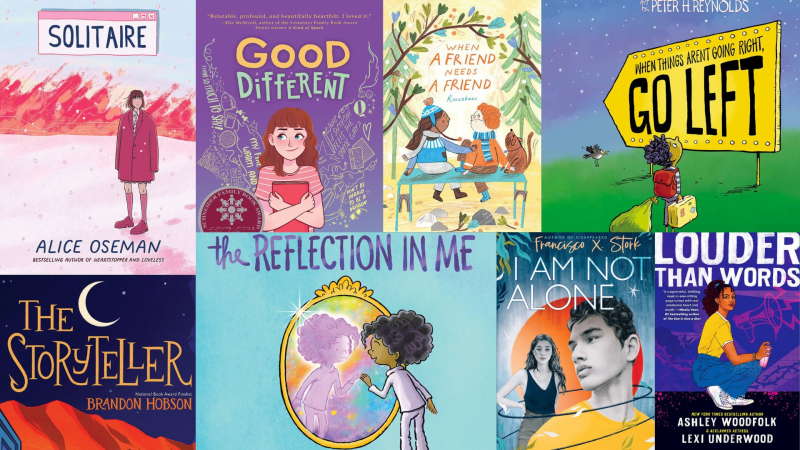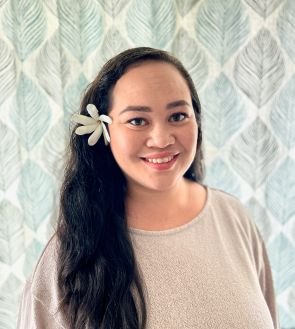
Knees bent, hands curled like rolling waves, and gliding your feet like canoes is how one can learn to “siva” or dance taualuga, a traditional Samoan dance. However, Tala is having a hard time getting the moves right. How can she learn how to siva like Aunty Sina? As part of Asian American, Native Hawaiian and Pacific Islander Heritage Month, we interviewed Kealani Netane about her new picture book, Tala Learns to Siva.
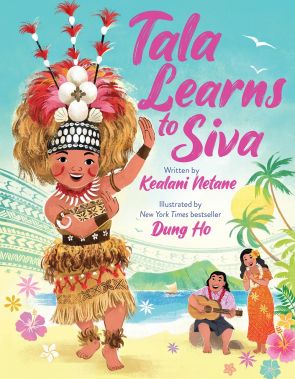
What was your inspiration behind Tala Learns to Siva?
As a child, I loved watching older girls dance the taualuga. I thought they were the most graceful, beautiful dancers and I wanted to look just like them. When I first wrote this story, I wanted to capture that feeling of awe. As I continued writing and editing, the story morphed into something greater. I found that just like Tala came to understand the true meaning of the taualuga, I also came to understand how this book not only showcases the beauty of the dance, but also tells the story of community and inner strength.
You once said that “writing is like weaving a mat together.” How does that apply to this book?
Weaving is both an individual task and a community task. Everyone works on their own section of the mat and when it’s done, it’s difficult to see where an individual’s work begins and ends. I find that with writing. I began writing this story alone. As I worked with a community of people to create this entire project, it turned into something I couldn’t even dream of when I first began. The beauty and value are not only in the individual’s work, but also in the mat as a whole.
Another concept learned when weaving mats is that mats are not made to be kept. It's often made with the intention to give it away. It's something that is passed on from family to family and the more it's given away, the higher its value. That’s something I hope can be applied to reading not just my book, but all picture books. I hope that as adults and children read together, they are able to form connections with each other and others and find greater value in the community aspect of picture books.
How did you work with illustrator Dung Ho to bring vibrancy to Samoan culture?
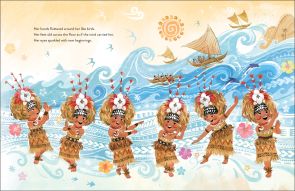
I absolutely loved Dung Ho’s work so I was so delighted when she agreed to create the illustrations. She did such a wonderful job bringing my story to life. In the beginning, my editor sent her the text and she came up with sketches of her ideas for every spread. I was so amazed at her ability to capture the specific taualuga motions and to tell a parallel story through her art. There were some things that needed to be adjusted so it could reflect Samoan culture more accurately. As I sent along the needed information through a list of videos and pictures, Dung Ho made the changes and the book expanded in its ability to tell an even stronger message. Her illustrations are integral to telling the whole story.
The story follows a young girl learning this traditional Samoan dance, while also finding courage and strength in her family, history, and community. What would you like readers to take away from this story?
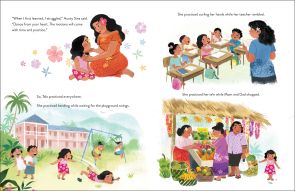
I have personally found inner strength and courage through dancing. As a child, I was painfully shy. When my parents put me in hula, I found strength in every motion. As I began learning other Polynesian dances, including the Samoan siva, I found purpose in dance. All my dance instructors stressed the same lesson that our dances tell our stories. They are our history as well as our future. As I danced, I learned how to become a storyteller.
In my book, Tala learns a similar lesson. In the beginning, Aunty Sina tells the story of past migrations when our people sailed across the ocean. In the end, Tala tells the story of present and future migrations. I would like readers to find the strength to tell their stories whether through dance, art, words, or other outlets. Everyone has a story to tell.
We know that diverse representation is so important in children's literature. What do you hope children learn about Samoan culture?
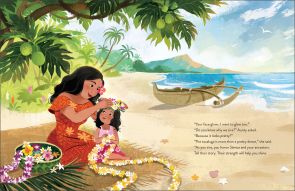
For those not familiar with Samoan culture, my book is an opportunity to peek into a centuries-old tradition. A tradition passed on from one generation to the next. A tradition that has migrated with Samoans as they have moved throughout the world. A tradition that honors not only our ancestors and our land, but also celebrates our children and our future.
If you had to write another picture book, what other themes would you be interested in exploring?
I love brainstorming and coming up with ideas for books. As I write, I notice trending themes in my stories. I love writing stories about how our traditions continue on in modern times, stories that celebrate community, and stories where children are learning to become the beacon for their community.


